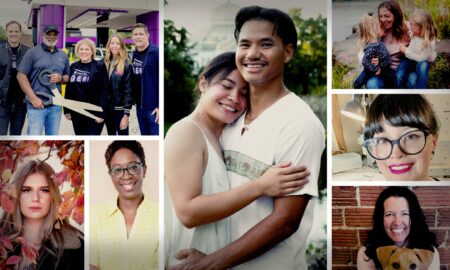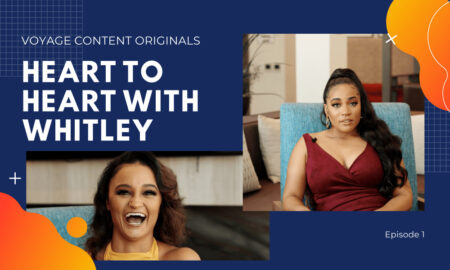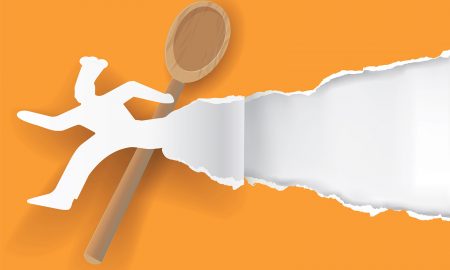

We’re looking forward to introducing you to Kandace Creel Falcón. Check out our conversation below.
Kandace, a huge thanks to you for investing the time to share your wisdom with those who are seeking it. We think it’s so important for us to share stories with our neighbors, friends and community because knowledge multiples when we share with each other. Let’s jump in: What are you being called to do now, that you may have been afraid of before?
At this point in my career I am purposefully stepping more into the spotlight and actively seeking opportunities to share my art with others. As a solo-prenuer I’ve recently added PR to my list of assigned duties. Which has meant reaching out to press contacts when my work is on view in public! For a long time I think I was afraid of doing this because it felt like I was being too self-focused. As if sharing an opportunity to connect or amplify my work was too self-serving. But then, I had an insight when I was working on highlighting other artists’ work for my newsletter. People are in constant need of content for their creative projects and press opportunities. When I was able to make that mind-shift of how I would have loved for someone to pitch me an idea for my newsletter, I was able to lean into pitching ideas for others to highlight my work. And what’s the worst they can say, “no thanks?” or “not at this time?” Well, then, I guess I’m my Public Relations Manager now too!
Can you briefly introduce yourself and share what makes you or your brand unique?
Hello! I am a full time visual artist, writer and interdisciplinary feminist scholar. The Art of KCF is my art business that brings together my creative and social interests. I’m deeply invested in using my art to teach, inform, and inspire curiosity. I do this by grounding the power of narrative for social transformation. The subject matter I’m most interested in thinking through include destabilizing conventional notions related to femininity and domesticity.
I’m currently working on a new body of work of quilted paintings where I am integrating machine and hand sewing/embroidery techniques into the surface of my canvases. I am interested in challenging the binary between craft and fine art and I am most happy when I am making these multimedia creations with bold colorful attention in maximalist large scale formats.
Thanks for sharing that. Would love to go back in time and hear about how your past might have impacted who you are today. What did you believe about yourself as a child that you no longer believe?
In second grade Mamá took me to the Albuquerque Public Schools testing site for my last chance to be deemed “gifted.” My brother Adam, seventeen months younger than me, was estimated gifted by his teachers and proven by the testing site way back when he was in Kindergarten. After my parents saw the enriching learning opportunities afforded my brother because of his gifted status Mamá fought for me to earn the right as well. As an eight-year-old in this second round of testing (feeling the pressure), I did the best I could. After working my way through conceptual puzzles, like using small individual shapes to make a new larger form, working various math and word problems, and drawing pictures as responses to posed questions, Mamá was called into the room as I was excused. She received the news that I wasn’t gifted according to the tests. It was my last chance, because the program ended admittance by the start of one’s third grade year. I’d failed again. Mamá was tasked with telling me I didn’t make the cut as we drove home. “Did I really mess up the tests?” I asked.
“No honey,” she said kindly. “They said you did just fine, it’s just…”
“What is it?” I spurted out quickly with worry heavy in my voice; tears crowding the back of my throat.
Finally she expelled, “The woman giving the test said, you’re not creative enough to be gifted.”
Hands gripping the steering wheel, looking forward, she chose to let me sit with my feelings of disappointment, of failure, of letting down my family, and the new knowledge that I just gained: I am smart, just not creative.
Unlikely moments have a way of holding on to you like a piece of gum stuck to the bottom of your shoe. “You’re not creative enough,” was a juicy glob of bubblegum on the ball of my favorite pair of wedges. It picked up other fragments of substances along the way, that morphed the blob into “I’m not creative.” Enough sounded like there was a possibility to improve, and as a perfectionist in a high-achieving family, who had now failed the test twice, I wanted to drop that caveat too. As a failure, I wanted to go all the way. And so, I internalized that I was not creative, for a very long time.
Not being creative served me fine. I was able to achieve in other ways. Following directions; superb. Reading comprehension and my ability to devour a book; phenomenal. Putting all of my best effort into a project until it’s done; fantastic. But the drawbacks of not being creative crept into all areas of my life, even as I tried my best to keep my disappointment of creativity’s absence at bay. It came up when the art teacher our public school could afford rolled into our classroom every other month as we busily painted upside down, under our desks as third graders pretending we were Michelangelo with a ceiling as a canvas. It scratched me gently each time I turned in an essay I tried my best to craft in a compelling way. It gripped me hard around my wrist when I thought about how to solve math problems differently than Dad, my rocket scientist father, tasked with going over my math with me when I struggled, him yelling at the end of our time together, me crying onto my notebook in our nightly ritual of mutually destructive frustration.
Though I may have thought I was the opposite of creative for a good portion of my life, eventually, if you find the skills to process that which holds you back, you can learn to let the negativity go, or live with your challenges with acceptance. In graduate school, I started attending creative non-fiction writing workshops to develop and hone my craft as a writer. While academic scholarship is not typically written in easy, accessible, or beautiful language, the field of Xicana Studies upholds the Second Wave Feminist slogan, “the personal is political.” And for me, this means finding ways to draw on our life experiences to politicize our experiences as a force for positive social change. I began to ground storytelling methods into my written work as a way to bring creativity into my scholarship. At the same time, my friend Alex and I started a tradition of holding Xicana craft days as a way to encourage self-care, to destress when we felt the weight of dissertation deadlines looming. We painted objects for our home, sculpted clay into useful, yet aesthetically pleasing and culturally relevant things like roses hot glued onto metal thumbtacks to spruce up bulletin boards we framed in fabric. We were inspired by Xicana feminist theory, Xicana literature and the method of rasquachismo –the Mexican, working-class art form of using what you have access to and making something beautiful from it – like how beautiful Dia de Los Muertos altars would be made from items one already has at home, upcycled trash repurposed to honor loved ones long passed, but still very present in our lives.
I draw from Xicana feminist ways of being, I also honor and recognize that my life as a queer femme connects me to queer creative culture – where our very presence in spaces, our relationships, our refusal to conform to gender and sexual norms challenges society to be more inclusive of difference. Our art manifests in how we dress, how we wear our hair, how we perform our gender identities. At the intersections of identities reviled by some, making art becomes one way to seek visibility, recognition, and representation. Our art is a political making – where we envision new futures, change minds, imagine alternative realities, and use visual culture to fuel our radical, decolonial social change revolutions.
Art has always been an important part of my life even as I once thought it was supposed to be kept at a distance, meant only for appreciation or scholarly analysis, only to be made by people who were anointed creative. Today, I see art as another tool in our toolbox to inspire different ways to be in the world. Another format to express myself and the ideas I hold dear, a medium to explore ideas beyond words alone in hopes of making a change.
If you could say one kind thing to your younger self, what would it be?
You don’t need to be anyone other than who you are.
Next, maybe we can discuss some of your foundational philosophies and views? What’s a belief or project you’re committed to, no matter how long it takes?
In 2023 I became a recipient of guaranteed income for artists as part of a pilot project. The organization facilitating this for artists in St. Paul, and Otter Tail County, Minnesota is committed to helping artists thrive. It is now likely the longest running pilot project in the United States focused on getting financial resources to artists. As a recipient of guaranteed income I have noticed that I am willing to take bigger risks with my career because I know I will always have the money coming in on a more regular timeline.
I believe more programs like this need to be in effect for artists – especially because there are so many intangible efforts that go on behind the scenes to live as a creative person. This sort of investment from funders can be life-changing and really help artists feel like they are, and their work, is valued by community.
Thank you so much for all of your openness so far. Maybe we can close with a future oriented question. Are you doing what you were born to do—or what you were told to do?
I am 1000% certain that I am doing what I was born to do. At this point in my life I feel very aligned with my purpose which is to use the art I make to inspire a more equitable world.
I know I am doing what I am meant to do because opportunities flow my way.
I also have the gift of knowing I’m on the right path because I left a previous job. I was a tenured professor of women’s and gender studies at a regional university. This job was one I found directly out of graduate school. It’s what I was expected to do as someone with a Ph.D. Having left the formal academic space I know my path is beside higher education for now instead of deeply embedded within it.
Contact Info:
- Website: https://www.kjcfalcon.com
- Instagram: https://www.instagram.com/ArtofKCF
- Facebook: https://www.facebook.com/ArtofKCF
- Youtube: https://www.youtube.com/@ArtofKCF
- Other: Newsletter – https://buttondown.com/ArtofKCF
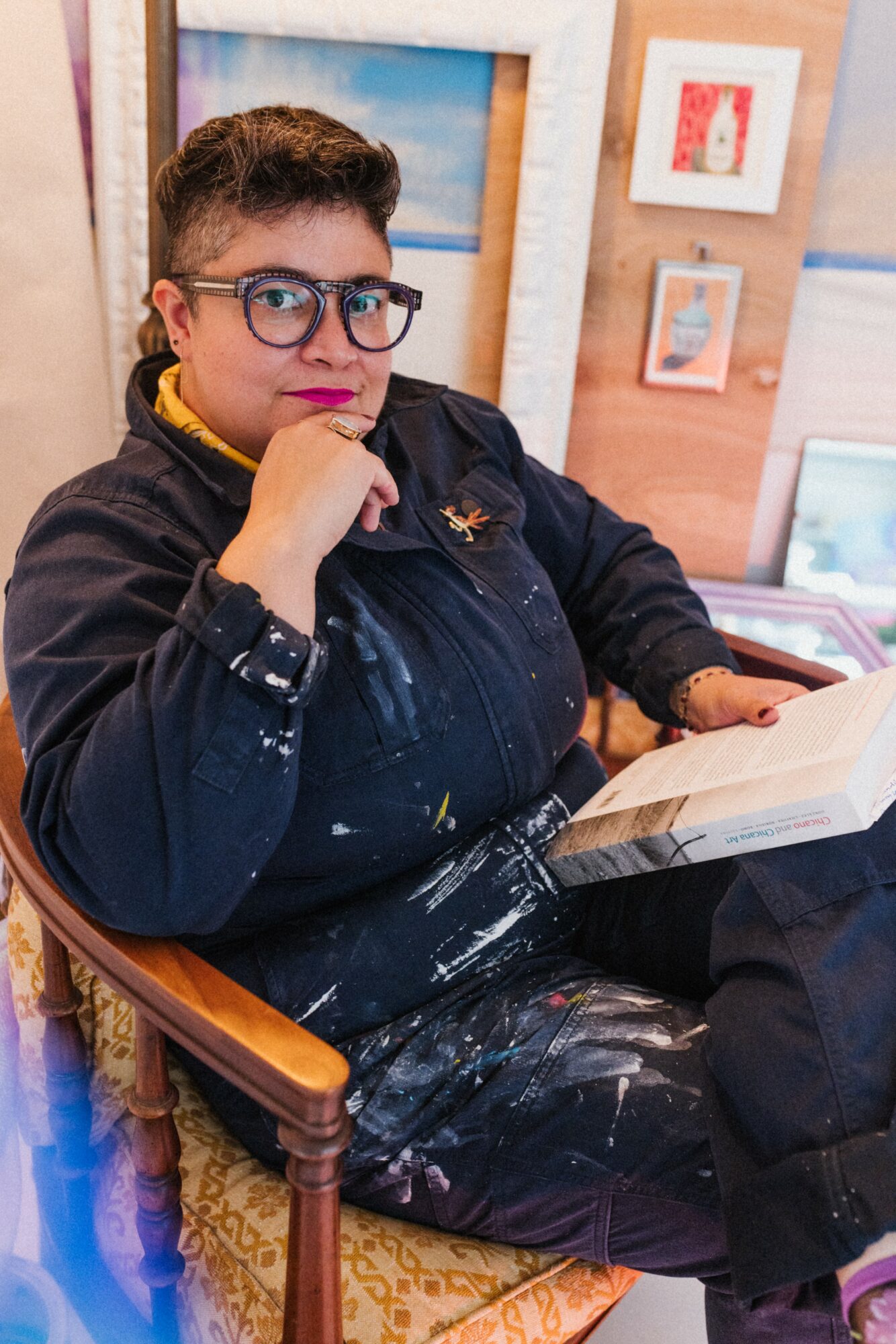
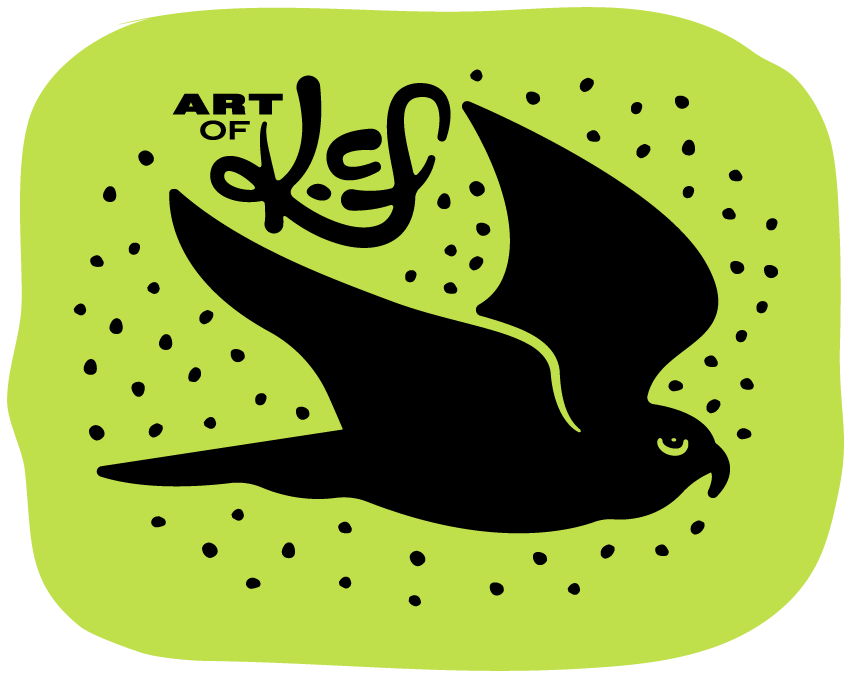
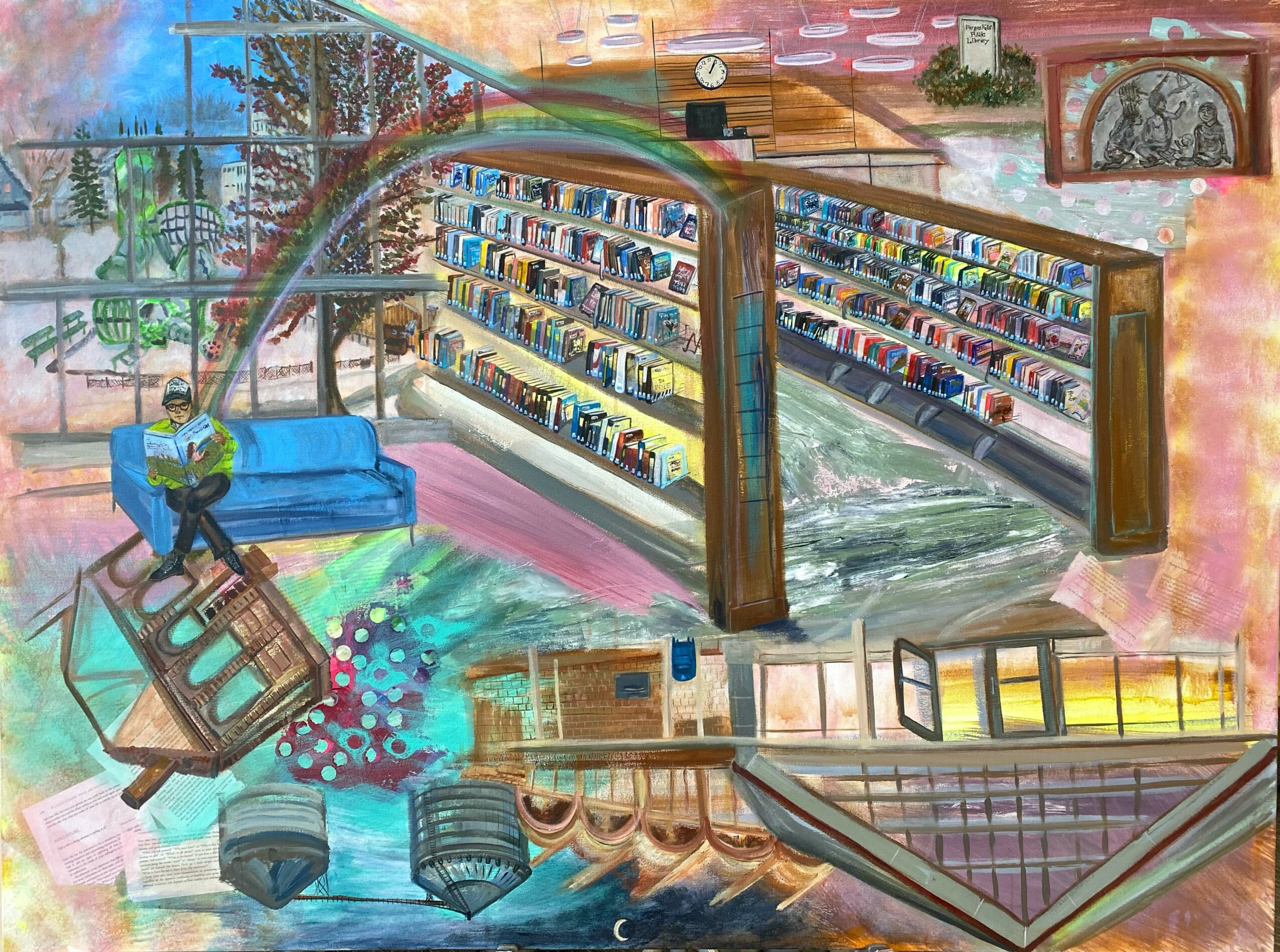
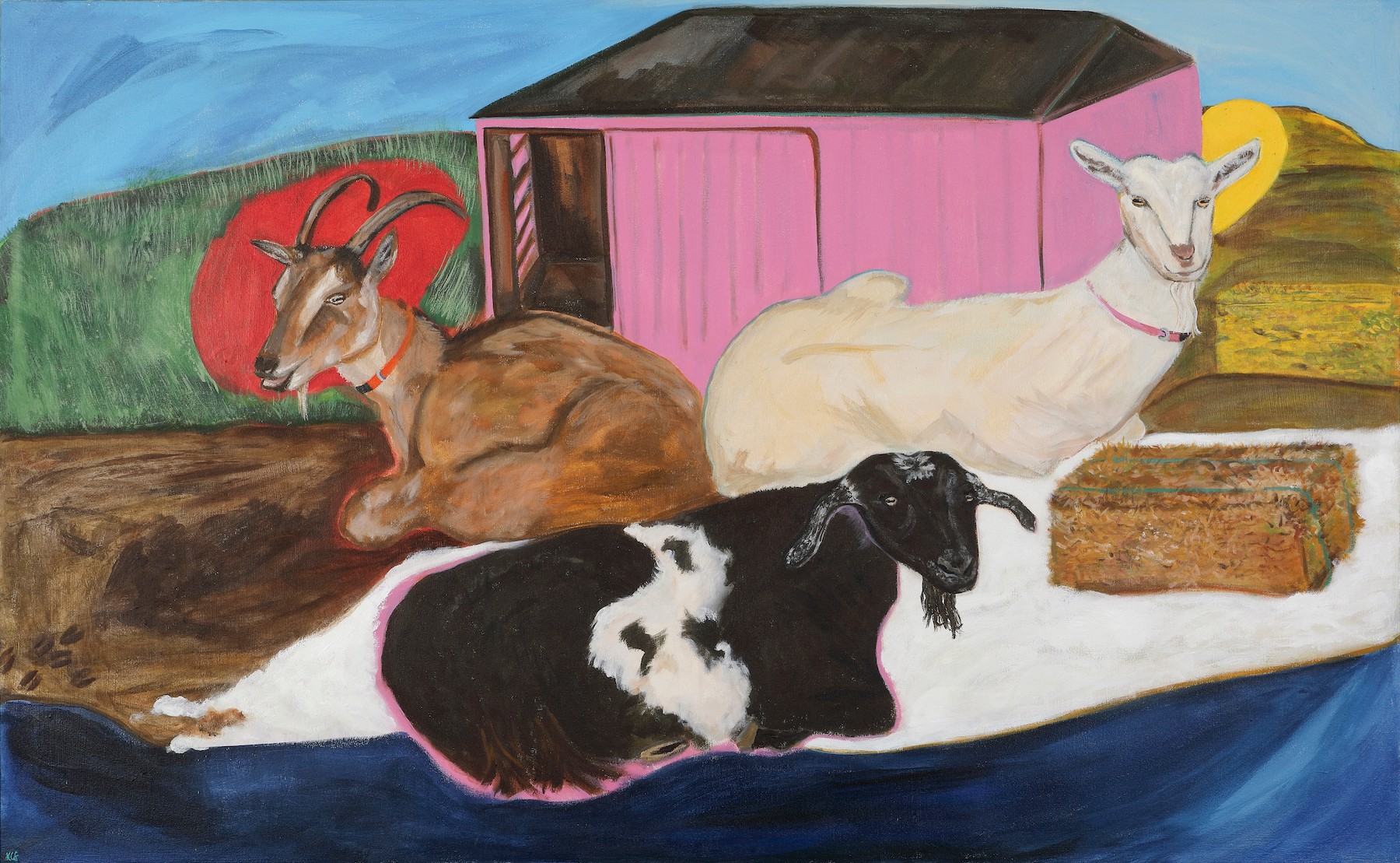
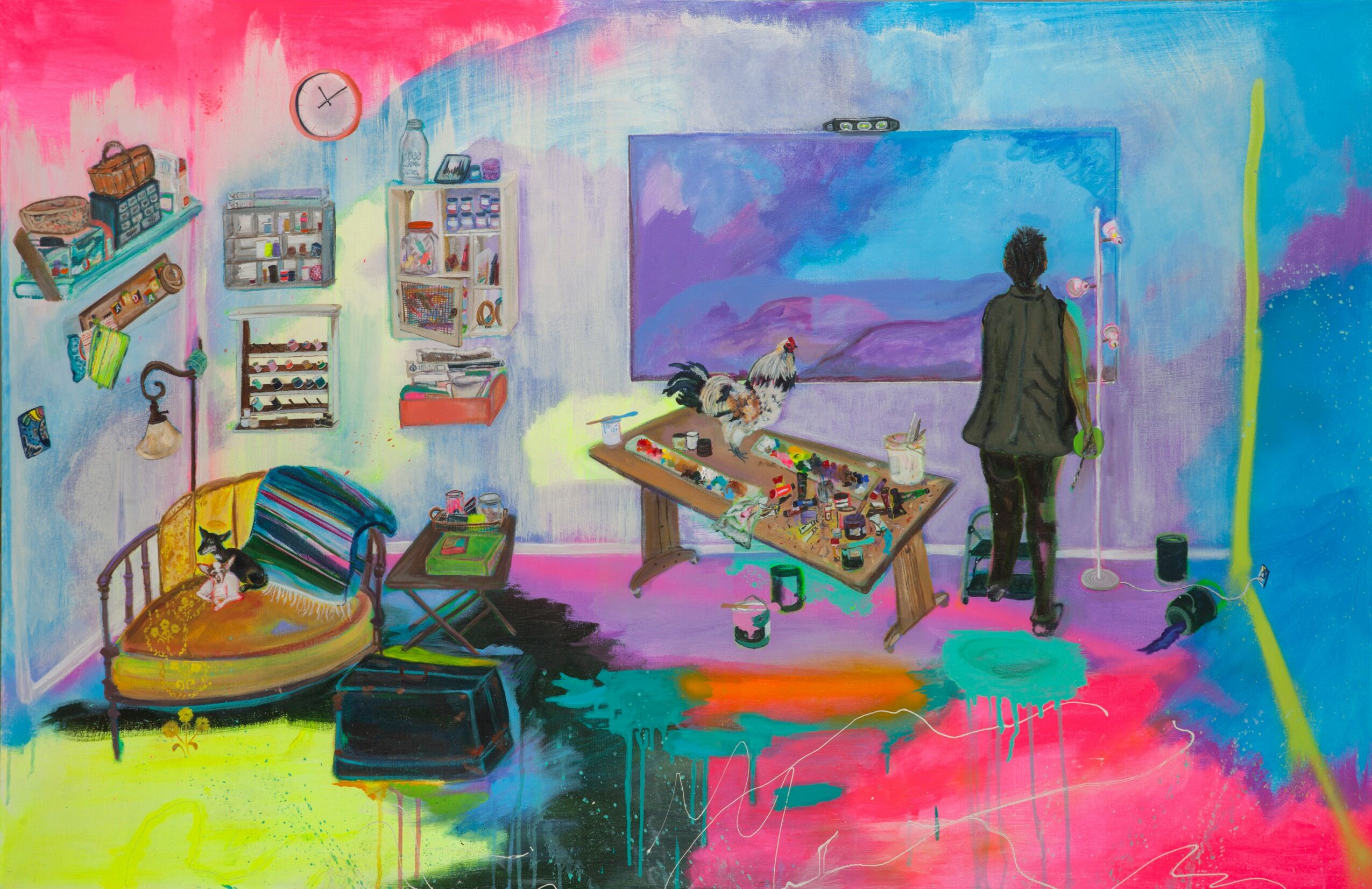
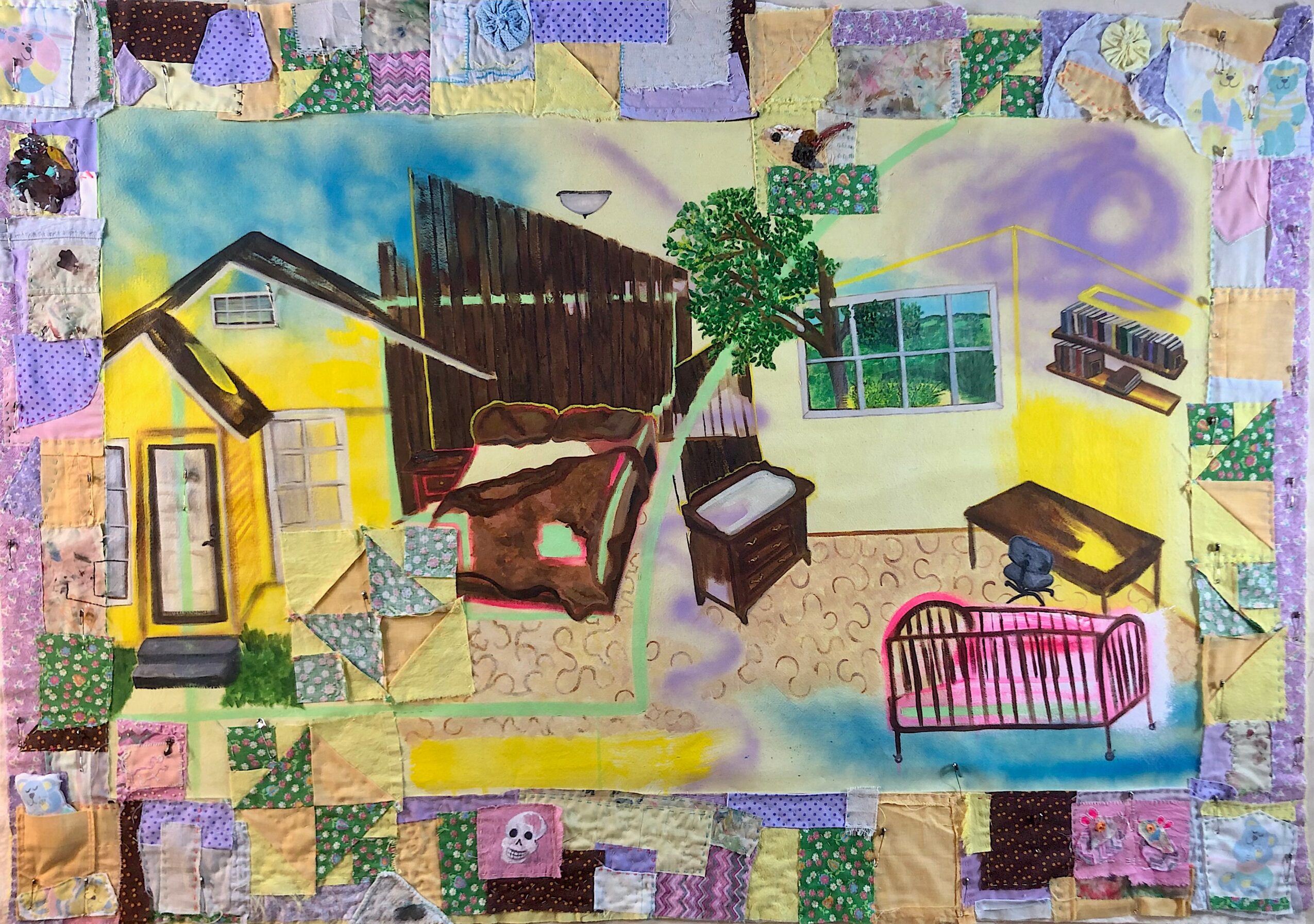
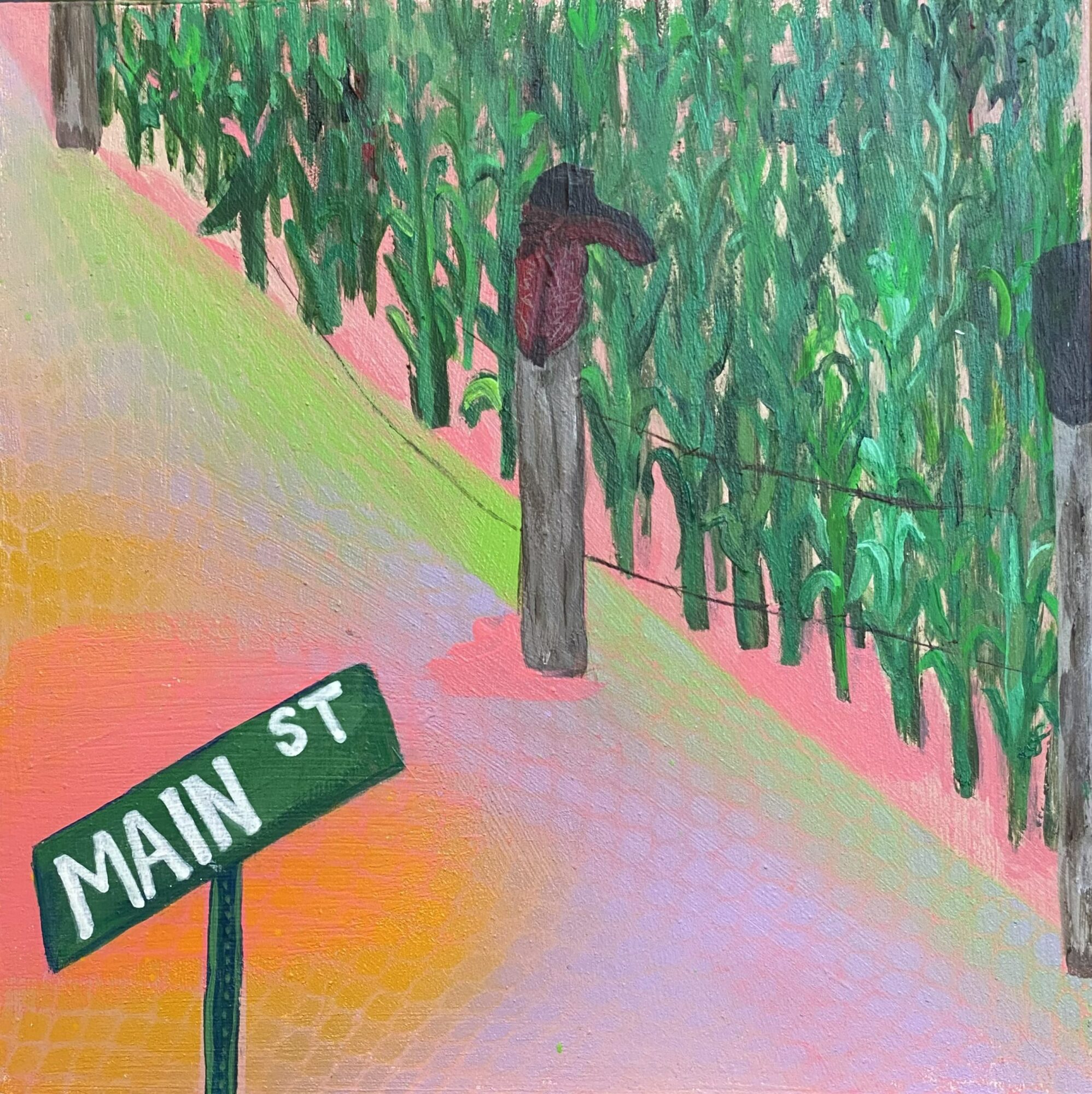
Image Credits
Photos of me (non-paintings) should be credited to Ashley Wegh, all other images courtesy of the author

